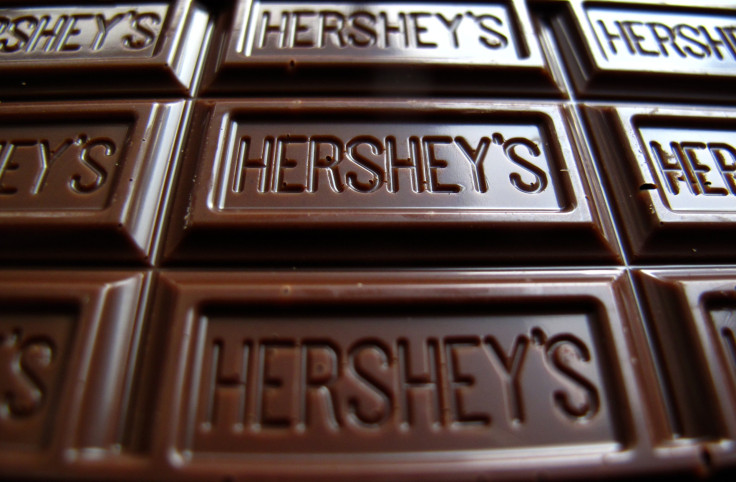Scientists Perform X-Ray On Chocolates To Get Rid Of Fat Blooms

Chocolate has long been known as a stress reliever. But sometimes the white fat bloom deposited on top of its surface tend to ruin its taste. Some German scientists, however, have decided to find a solution for the fat bloom, which sometimes gives chocolate a spoiled appearance.
These scientists -- from the research center Deutsches Elektronen-Synchrotron (DESY) -- recently put chocolate under an X-ray scanner to understand the process that causes the unwanted white bloom to appear on its surface. Very little research has been conducted in the past to understand the structure of chocolate, especially the fat bloom.
Researchers at DESY, Hamburg University of Technology, and chocolate company Nestle collaboratively used Petra III, a high-powered X-ray machine, to study what exactly happens inside chocolate. For the study, researchers mixed all the ingredients -- cocoa, cocoa butter, milk, and sugar -- to form a fine powder. They then added a little sunflower oil, which later seeped into the pores and dissolved the cocoa butter in it.
The resulting chocolate mixture facilitated the movement of fats to the surface of the chocolate. The entire process was captured using the small X-ray scattering, which helped highlight the minute details of the process.
"For the first time, we have been able to track in detail the dynamic mechanisms that lead to the creation of fat bloom," Dr. Stephan Roth, a DESY scientist, said in a news release.
The white blooms are made up of fat and are harmless and edible. The liquid fat present in the chocolate sometimes migrates to the surface, resulting in a white layer over its top. It gives a chocolate an unattractive and “spoiled” appearance, thus resulting in customer dissatisfaction and economic loss to the chocolate manufacturer. The findings have been published in journal Applied Materials and Interfaces.
To contact the writer: emailtoguneet@gmail.com.
© Copyright IBTimes 2024. All rights reserved.





















